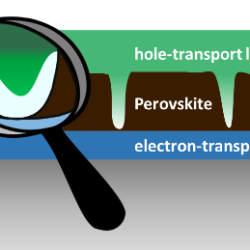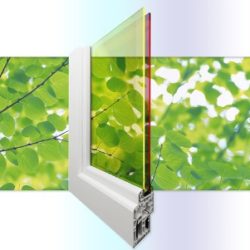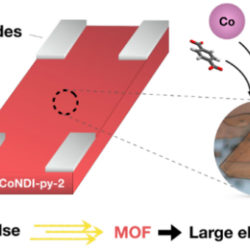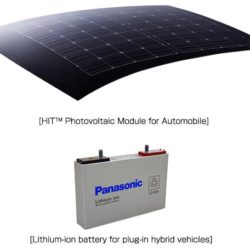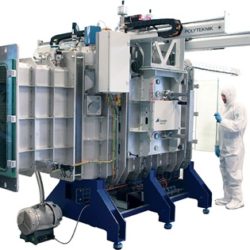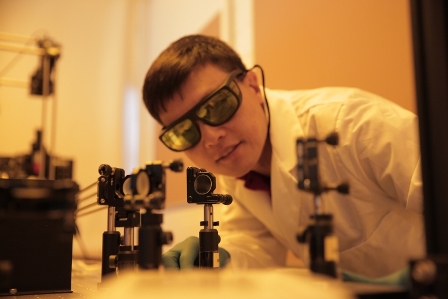Imagine a truck tarp that can harvest the energy of sunlight!
With the help of new textile-based solar cells developed by Fraunhofer researchers, semitrailers could soon be producing the electricity needed to power cooling systems or other onboard equipment. In short, textile-based solar cells could soon be adding a whole new dimension to photovoltaics, complementing the use of conventional silicon-based solar cells. Solar panels on building Read more about Imagine a truck tarp that can harvest the energy of sunlight![…]


